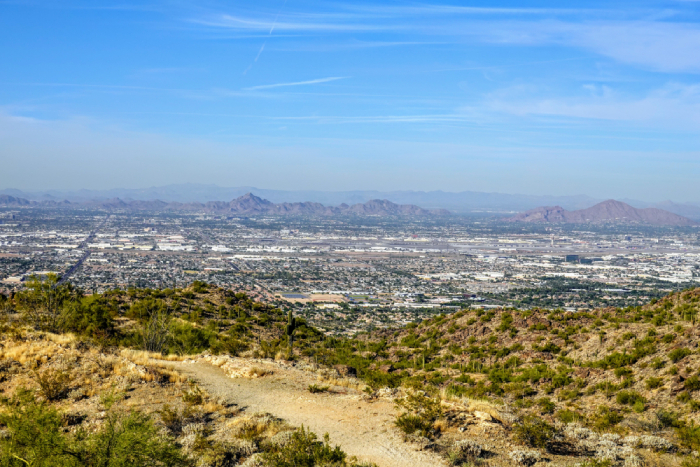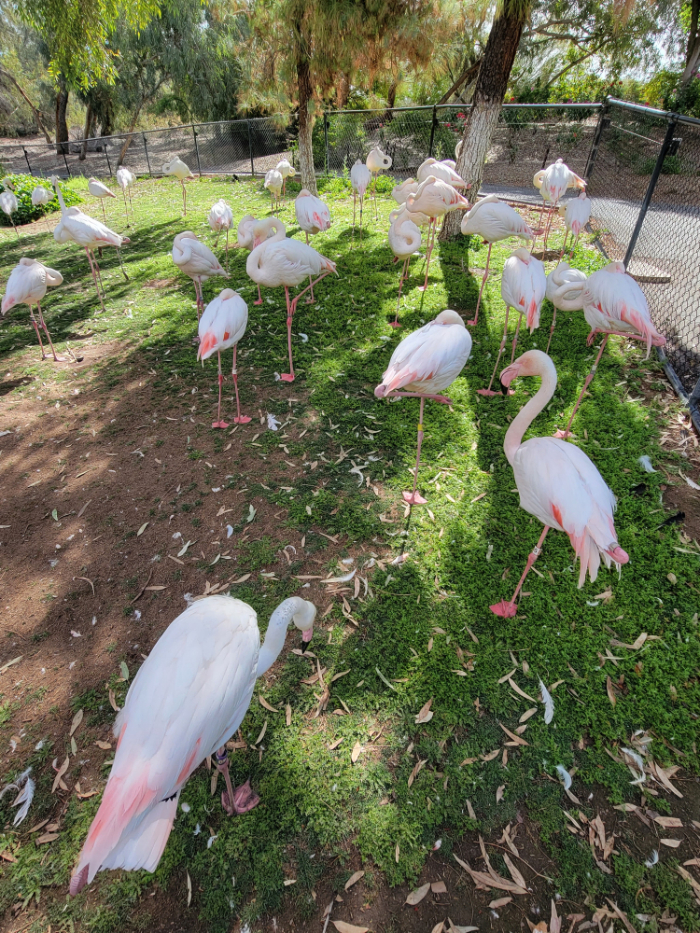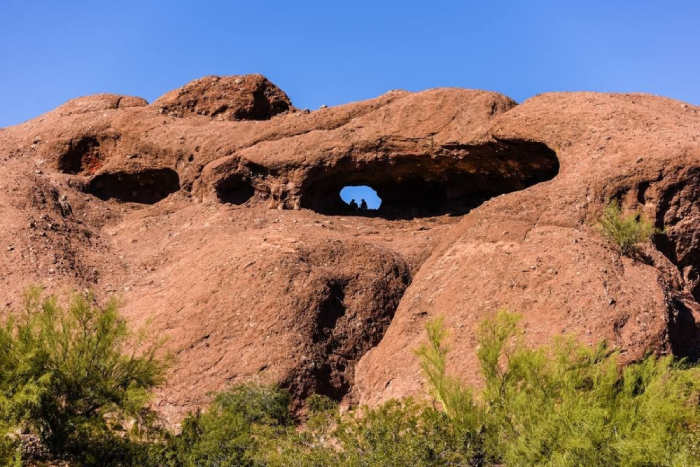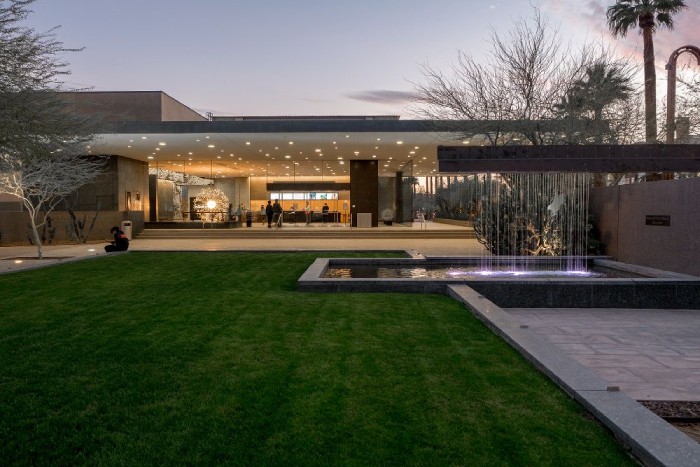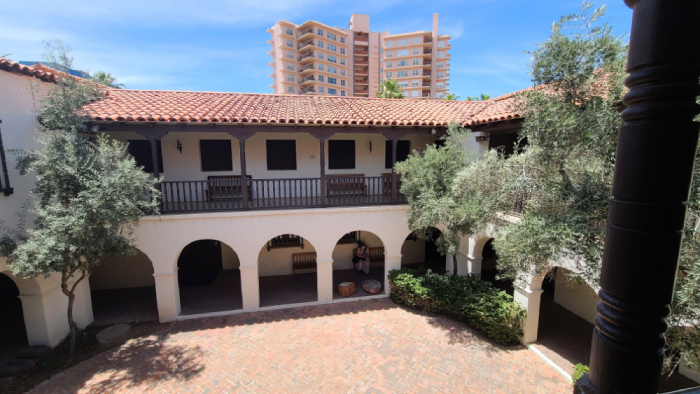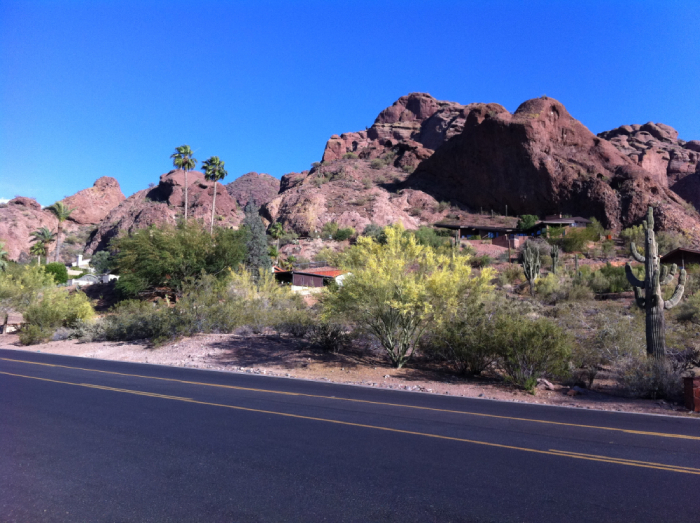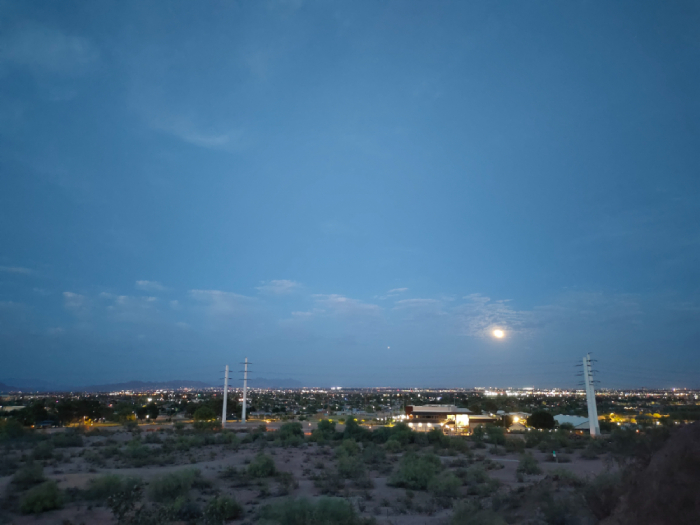Rats On Your Roof
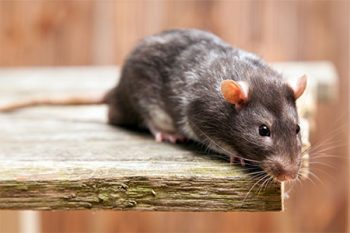

The Roof rat is a common pest in many cities in the United States. As its name implies, this rat prefers to dwell in upper areas in and around buildings. It is a sleek, agile animal, well adapted for climbing and moving along narrow overhead wires and ledges. This roof rat often invades attics in established neighborhoods containing lush vegetation and fruit and nut trees. From a human perspective, roof rats are secretive and elusive. They travel and establish nests out of our view or in the dense cover of bushes, trees, vegetation, and attics.
Additionally, they may exist outdoors and feed on slugs, snails, insects, fruits, pet food, and various plant materials. The roof rat can be relatively independent of humans. Still, when human foods are easily accessible, roof rats may nest close to the food source. Neophobic and skittish behaviors may be especially pronounced in roof rats, and thus baits, bait stations, and traps may be avoided for prolonged periods.
What kinds of Roof Rats are there?
Identification
The roof rat is a medium-sized rat weighing 5-10oz/150-250g, and measuring about 16in/41cm in total length from its nose to the end of its tail.
Signs Of Roof Rats
Nests and Nest Locations
From our perspective, roof rats are cautious and subtle. There are several reasons for this. First, similar to the house mouse and Norway rat, the roof rat is most active at night. Second, it establishes nests amongst the dense cover and shadows of the bushes, trees, attics, and other types of vegetation where it is not easily seen. Lastly, as its name implies, the roof rat inhabits areas above our frequent and typical daily views. When it nests, it seeks out the shadowy areas beneath or behind vegetation growing over backyard and property fences, as well as various utility lines. In other words, the roof rat often nests in hard-to-reach and hard-to-see areas. Thus remains undetected for long periods and allowing populations to build. The cryptic nature of the roof rat renders it one of our most challenging pests.
Exterior Habitat
Well-established roof rat colonies are typically in older established neighborhoods where the landscaping trees and natural vegetation are mature and lush and where there are also fruit and nut trees. In these environments, the roof rat can exist independently of people and their dwellings. A few of the more common exterior nest locations for the roof rat in urban areas include:
- Within the accumulating dead fronds of unmanaged palm trees
- On fence ledges behind thick overgrown vines and vegetation.
- Upper cavities of garden sheds.
- Within thick brush cavities, on or off the ground.
- Behind or within yard trash piles, woodpiles, lumber stacks, etc.
Roof rats also occasionally construct globular leafy nests high up in trees, much like tree squirrels. In areas where the Norway rat is absent, or if all the arboreal nest sites are occupied, the roof rat will readily construct and live in an earthen burrow. These burrows are usually located in areas protected by dense vegetation or the base of hollow types of bushes and shrubs.
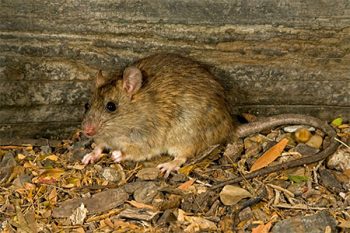

Structural Infestations
Roof rats enter buildings from various areas exploiting any openings through vents and soffits or structural gaps. In roof rat-infested neighborhoods, residents often report seeing rats running up and down the trees and traveling over the roofs via utility lines or overhanging tree branches.
Once inside, almost any structural element providing concealment may be utilized, but overhead areas are most vulnerable. In residential homes, attics, soffits, ceiling, wall voids, the corners of carports roofs, and many other aerial areas may be exploited. In high –rise apartments, complexes, and tall office buildings, it is common to find roof rat infestations from the ground floor to the penthouse areas regardless of the number of floors. Our vertical modern buildings and skyscrapers have miles and miles of complex works and different utility lines leading through vertical and horizontal voids, hidden pipe chases, and false ceilings – all which are ideal habitats for the secretive roof rat.
In warehouses, food plants, and other industrial buildings, the roof rat establishes nests within the top levels of storage boxes and racks, overhead electrical junction boxes, and on or behind any of the large structural beams and elements. Roof rat nests have been found at the tops of rice silos 80ft/ 24m above the ground. In industrial complexes and high-rises in neighborhoods where roof rats are well established, pests professionals regularly state that the harder an aerial location is to reach, the more likely it seems to be one of the nesting sites for the roof rat.
Roof Rat removal
Roof rat control involves a combination of integrated management techniques. Depending on the environment, access to children, or pets, an exterior bait station system can be installed. Utilization of bait stations properly anchored, strategically located, effectively designed, and precisely maintained will control roof rat infestations/ populations more effectively than any other method of control. If access to children or pets is a concern, tension traps can be installed inside the stations instead of bait. Tension traps may need to be checked more often, and each trap will only catch one rat before it has to be reset.
2 T-Rex tension Traps in Protecta Evo®
Inside the house, bait stations will ensure the quickest and highest degree of control. The odor from expired rats is usually not a big issue in Arizona. The environment in the Phoenix metro area provides for rapid decomposition of expired rats, albeit if bait is used, you may get odors for some time when dealing with extensive infestations. Some stations can utilize tension traps, but they will require more frequent maintenance. The strategic placement of traps and or stations is of paramount importance. The stations need to be placed in rodent runways and the attic if roof rats are active and present there. Placement of traps may be difficult due to access, but critical to achieving proper control.
Protecta Landscape®
Protecta LP®
Mechanical exclusion is a critical component to roof rat control in a structure. A visual inspection can be performed at the time of a rat control intensive service. The Anteater Exterminating, Inc. service technician can then provide a written proposal to correct all the structural deficiencies that allow roof rats to infest a structure.
Rat Control Near Me
For larger commercial structures, an integrated rodent control system should be installed. The system should have an exterior, interior, diagram, and record-keeping component. All rodent control is custom designed. Each property is unique and will require different prescribed treatments.
Frequently Asked Roof Rat Control Questions
1. Identify Entry Points: Professional exterminators inspect your home to identify and seal entry points that roof rats use to access your property.
2. Implement Exclusion Measures: They use specialized materials and techniques to prevent roof rats from entering your home, such as sealing gaps and trimming tree branches near the roof.
3. Targeted Treatments: Professional-grade products are applied strategically to eliminate existing roof rats safely and effectively.
4. Ongoing Maintenance: Establishing a maintenance plan ensures continual monitoring and adjustments to maintain control over roof rat populations.
Professional rat control ensures thorough eradication and prevention measures that are tailored to your specific infestation.
1. Disease Transmission: Roof rats are carriers of various diseases such as leptospirosis, hantavirus pulmonary syndrome, and eosinophilic meningitis, which can be transmitted to humans through contact with their urine, feces, or saliva.
2. Property Damage: They can cause significant damage by gnawing on electrical wires, insulation, and structural materials.
3. Contamination: Roof rats leave behind droppings, urine, and oily rub marks that can contaminate surfaces and spread pathogens throughout your home.
Addressing a roof rat infestation promptly with professional assistance is crucial to minimize these risks.
Shelter: They prefer nesting in elevated areas such as attics, eaves, and ceilings, where they can find warmth and protection.
Food Sources: Roof rats feed on a variety of items including fruits, nuts, seeds, insects, and discarded food. They are attracted to accessible food supplies both indoors and outdoors.
Water: Like all pests, roof rats require water to survive. They are attracted to areas with accessible water sources such as leaky pipes, dripping faucets, or standing water.
Nesting Materials: Roof rats collect soft materials like insulation, shredded paper, fabric, and vegetation to build their nests.
Vegetation and Clutter: Dense vegetation, overgrown shrubs, and clutter around the exterior of buildings provide ideal hiding spots and pathways for roof rats.
To deter roof rats, it’s essential to eliminate or secure these attractants and implement effective exclusion measures with the help of professional exterminators.





